Kofte Kebab: The Spicy, Savory Globetrotter’s Guide to Mastering This Meaty Marvel
Table of Contents
- Introduction: What Exactly Is Kofte Kebab?
- Spice Up Your Life: Regional Spice Variations
- Top 7 Tips for Perfect Kofte Every Time
- Meat Matters: Choosing the Right Protein Blend
- The Shape of Things to Come: How to Form Your Koftes Like a Pro
- Cooking Methods Compared: Grilling vs. Pan-Frying vs. Baking
- Serving Suggestions: Pairings That Pack a Punch
- Global Roots: The History and Migration of Kofte Around the World
- Myth-Busting Monday: Common Misconceptions About Kofte
- Conclusion: Wrap It Up on a Flavor High Note
Introduction: What Exactly Is Kofte Kebab?
Kofte kebab might sound exotic, but chances are you’ve already tasted one — maybe without even knowing it! From Turkey to India, from the Middle East to the Balkans, this spiced meat marvel has traveled across continents and cultures like a flavor-filled globetrotter.
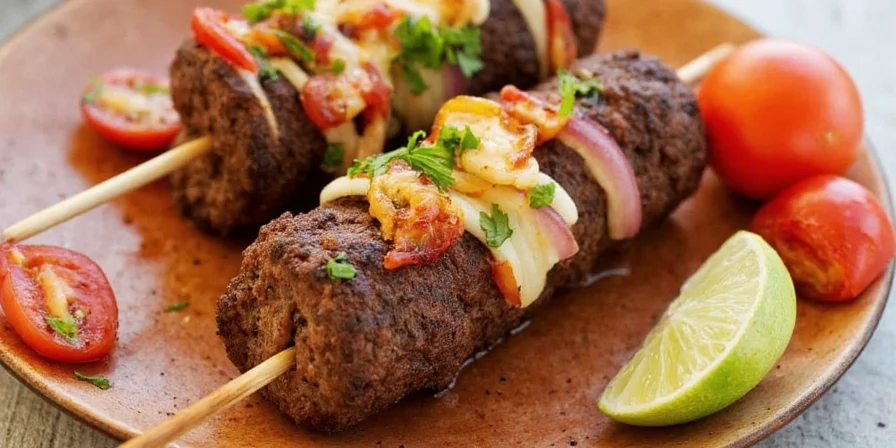
Photo: A classic Turkish-style kofte platter, complete with warm bread and creamy sauces.
Spice Up Your Life: Regional Spice Variations
One of the most fascinating things about kofte is how each region spices it up differently. Let’s take a flavorful tour around the world:
| Region | Signature Spices | Unique Twist |
|---|---|---|
| Turkey | Cumin, black pepper, allspice | Bread crumbs or rice added for texture |
| India (Seekh Kebab) | Garam masala, ginger-garlic paste | Mixed with lamb fat for extra juiciness |
| Middle East | Paprika, coriander, parsley | Grilled on flat skewers with bulgur shells |
| Balkans (Ćevapi) | Smoked paprika, salt, onion | Served in somun bread with kajmak cheese |
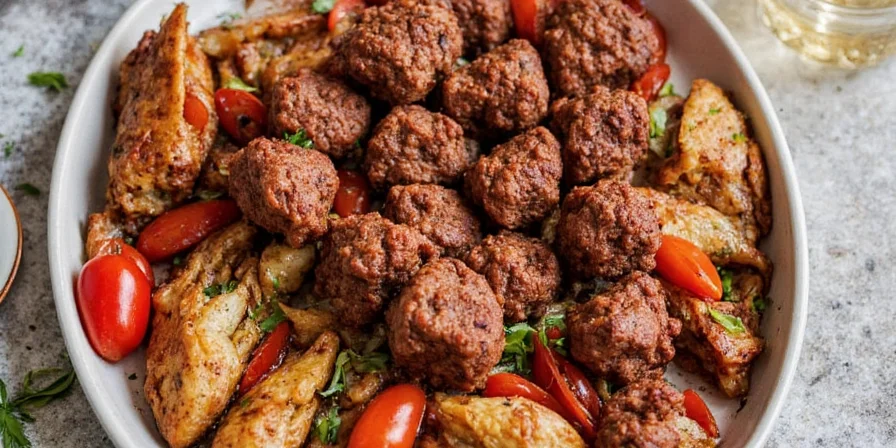
Photo: Indian seekh kebabs — juicy, spicy, and full of South Asian flair.
Top 7 Tips for Perfect Kofte Every Time
Whether you’re grilling for guests or just craving something savory, these seven handy hacks will help you nail your next kofte experience:
- Chill your hands! Cold hands = easier shaping and less sticking.
- Use damp fingers when forming the mixture — prevents dryness and clumping.
- Add breadcrumbs or oat flour to bind the meat better without drying it out.
- Rest your mixture in the fridge for at least 30 minutes before shaping.
- Don’t overmix! Overworking the meat can lead to tough kofte.
- Oil your skewers if grilling — seriously reduces sticking drama.
- Preheat your grill or pan — sear first for that irresistible crust!
Meat Matters: Choosing the Right Protein Blend
The foundation of any great kofte is the meat. Here’s a quick breakdown of common protein combinations used globally:
- Lamb + Beef: Classic combo, especially in Turkish and Middle Eastern styles.
- Chicken: Leaner option, often mixed with herbs and citrus zest for brightness.
- Fish: Popular in coastal regions; use firm white fish for best results.
- Vegan/Vegetarian: Made with lentils, mushrooms, chickpeas, and spices — no meat required!
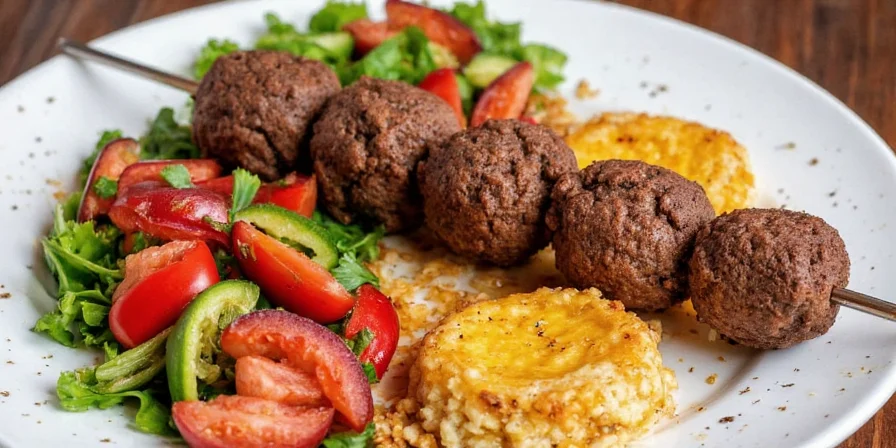
Photo: Vegan kofte made from lentils and walnuts — proof that meat isn’t mandatory for flavor.
The Shape of Things to Come: How to Form Your Koftes Like a Pro
There’s more than one way to skin a kofte — and by “skin,” we mean shape it onto a skewer or mold it by hand. Here are the three most popular shapes and why they work:
- Oval patties: Great for pan-frying and sandwiches. Uniform thickness ensures even cooking.
- Skewered cylinders: Perfect for grilling. Long, cylindrical shapes allow for slow caramelization and smoke absorption.
- Stuffed koftes: Hollow them out and stuff with cheese, dried fruits, or nuts for a surprise center.
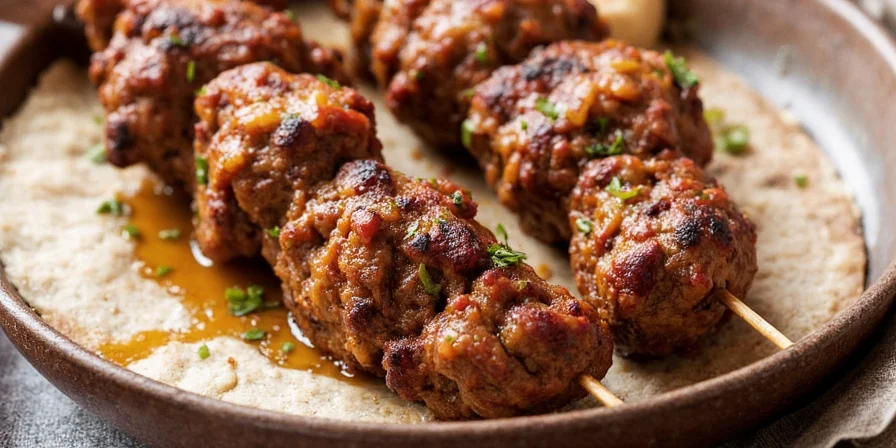
Photo: Different ways to shape your kofte — from traditional skewers to stuffed surprises.
Cooking Methods Compared: Grilling vs. Pan-Frying vs. Baking
No matter how you slice it, how you cook your kofte affects the final outcome. Let’s compare the most common methods:
| Method | Pros | Cons | Best For |
|---|---|---|---|
| Grilling | Smoky flavor, charred exterior | Requires attention to avoid burning | Outdoor gatherings, summer nights |
| Pan-Frying | Quick, crispy crust, easy control | Less smoky flavor | Indoor cooking, weeknight dinners |
| Baking | Hands-off, even cooking | May lack crunch and char | Batch cooking, meal prep |
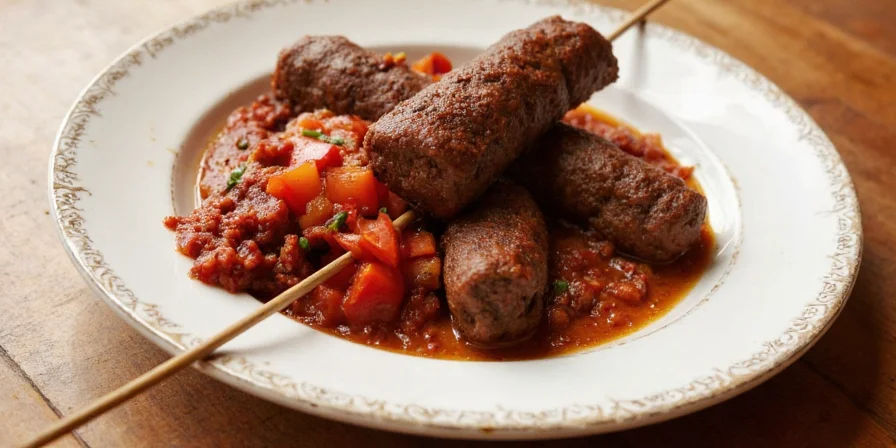
Photo: Grilling kofte gives them that unmistakable flame-charred edge.
Serving Suggestions: Pairings That Pack a Punch
Kofte doesn’t have to be a solo act. In fact, it shines brightest when paired with the right sides and sauces. Here’s what goes well with what:
- Flatbreads: Warm pita, lavash, or naan are perfect for wrapping or scooping.
- Sauces: Tzatziki, harissa yogurt, garlic aioli, or mango chutney add depth and contrast.
- Vegetables: Roasted eggplant, grilled zucchini, or a fresh cucumber-tomato salad balance the richness.
- Grains: Serve over couscous, bulgur, or rice pilaf for a hearty main dish.
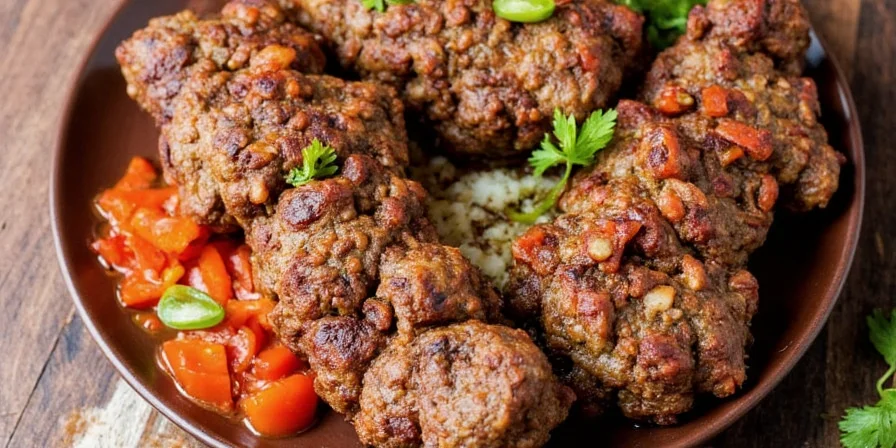
Photo: The ultimate handheld treat — kofte in a pita wrap loaded with toppings.
Global Roots: The History and Migration of Kofte Around the World
The history of kofte is as layered as its flavors. Originating in the Ottoman Empire, the word “kofte” comes from the Persian word “kuftan,” meaning “to pound” or “to grind.” It quickly spread through trade routes, wars, migrations, and culinary diplomacy.
- Turkey & Greece: The birthplace of many modern variations, often using lamb or beef seasoned with bold spices.
- Iran: Known as “koobideh,” typically made with finely ground lamb and grilled on long skewers.
- North Africa: Called “kefta,” often includes cumin, chili, and sometimes even raisins for sweetness.
- Europe: Adopted into local cuisines in countries like Bulgaria (“kyufte”) and Germany (“döner kebab”).
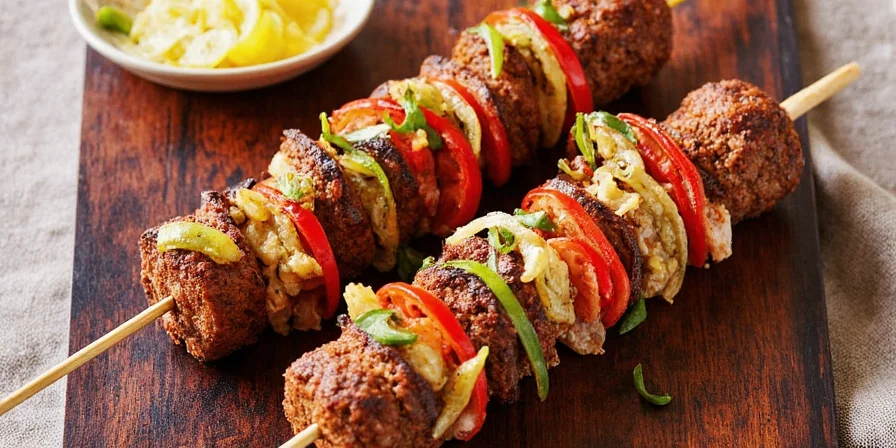
Photo: A historical reenactment of an Ottoman-era kitchen where kofte was first perfected.
Myth-Busting Monday: Common Misconceptions About Kofte
Let’s clear up some of the biggest myths floating around the world of kofte:
- Myth: All kofte must be grilled.
Reality: You can fry, bake, or even deep-fry kofte — no grill necessary! - Myth: Kofte always has to be made with red meat.
Reality: Chicken, fish, and plant-based options are just as delicious. - Myth: Kofte is complicated to make.
Reality: With the right technique, it’s beginner-friendly and forgiving.
Conclusion: Wrap It Up on a Flavor High Note
From spice-laden origins to global adaptations, kofte kebab is more than just a dish — it’s a cultural ambassador of flavor. Whether you’re a seasoned chef or a weekend griller, there’s a version of kofte waiting for you to master.
So go ahead — grab that meat, mix those spices, and get shaping. Your taste buds (and maybe a few lucky dinner guests) will thank you.

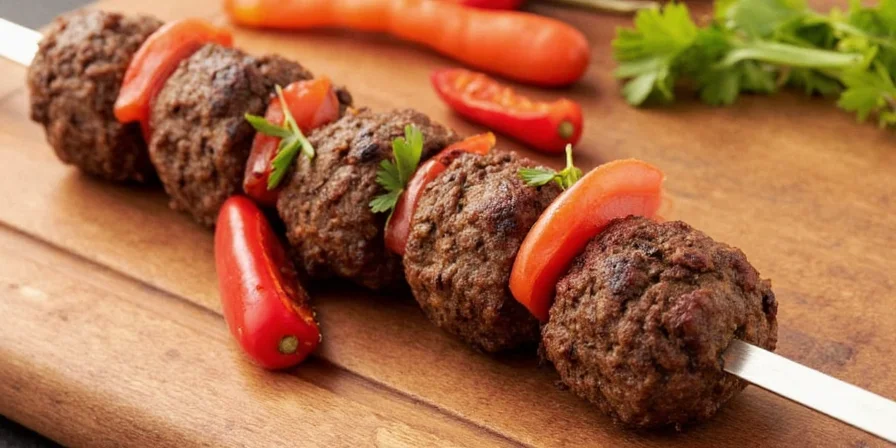









 浙公网安备
33010002000092号
浙公网安备
33010002000092号 浙B2-20120091-4
浙B2-20120091-4